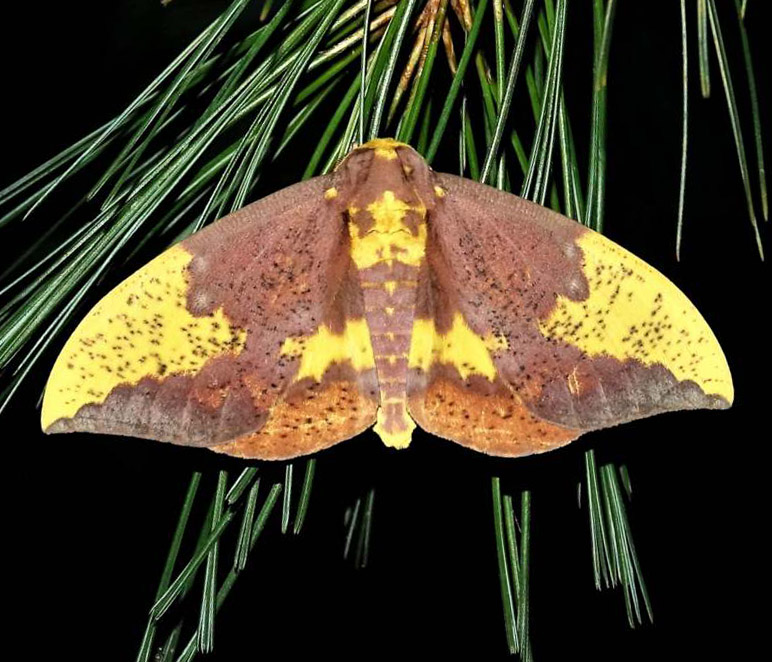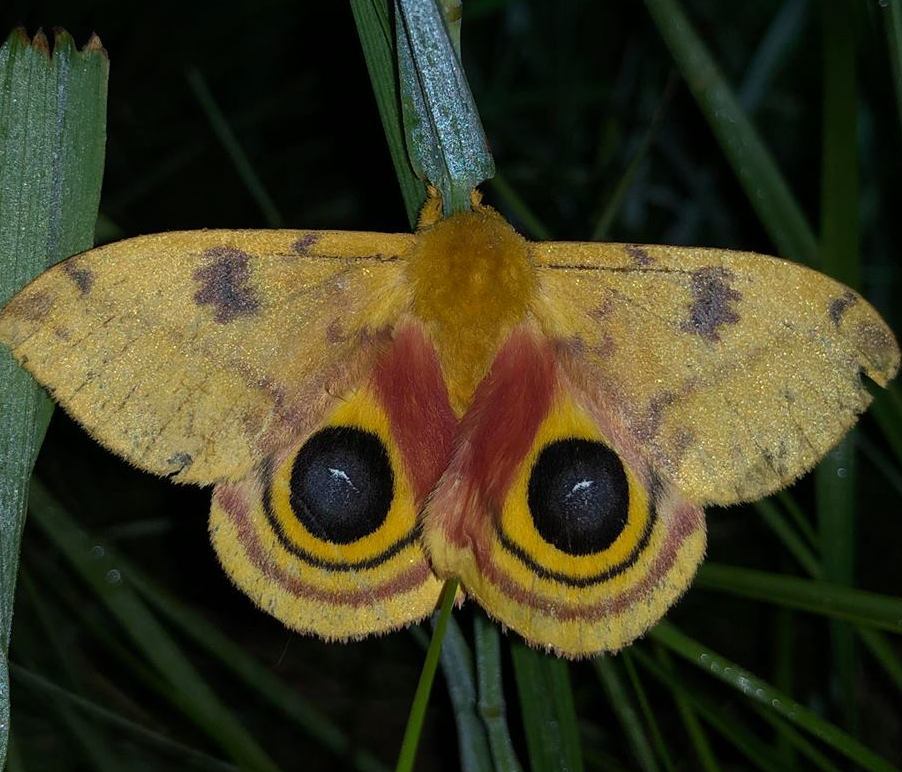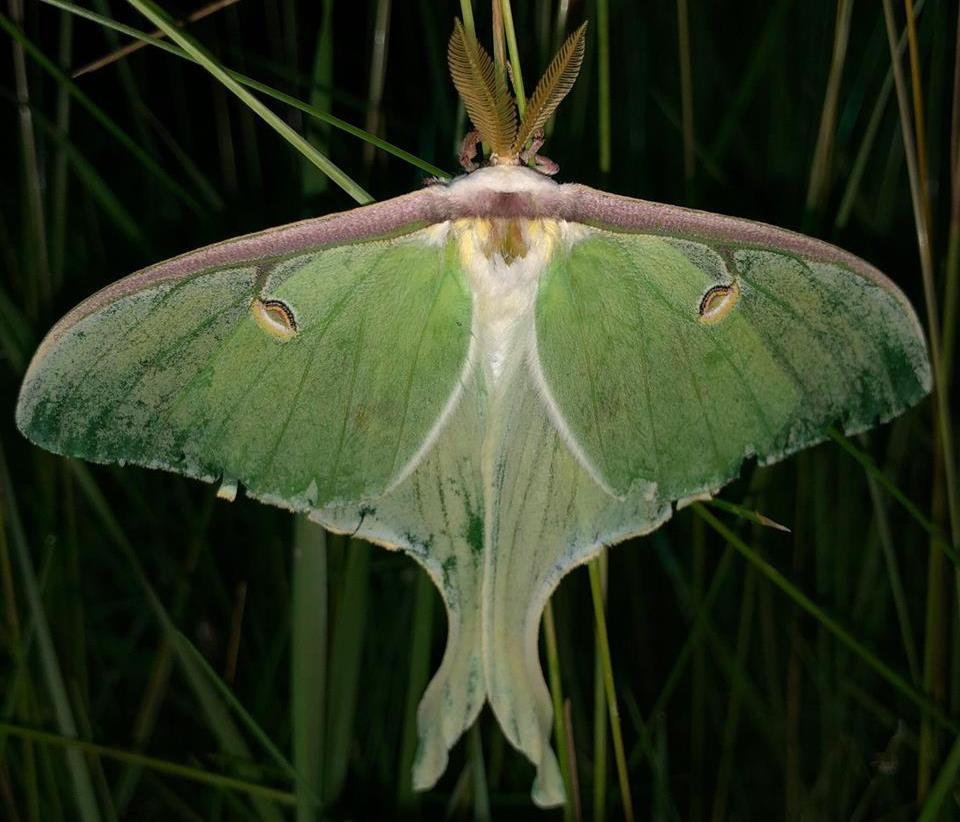ECOLOGY ▪ EDUCATION ▪ ADVOCACY



Saturniidae: Pertaining to the Roman god Saturn; perhaps a reference to the presence of concentric-ringed eyespots on many of the species within the family Saturniidae and subfamily Saturniinae — reminiscent of the rings surrounding the planet Saturn.
The suffix idae is standard taxonomic nomenclature to indicate that the word is a zoological family.
sa-tur-nee-eye-dee
The family Saturniidae is one of nine families of moths that are included within the superfamily Bombycoidea. With approximately 2,300 recognized species worldwide, Saturniidae moths are cosmopolitan and found in every continent except Antarctica. Of the eight recognized subfamilies of Saturniidae, three are found in North America, and each is represented by at least two species in Indiana. There are 15 species of Saturniidae that occur in the state, and at present, 14 of these 15 species have been documented through GAIN LP.
Saturniidae caterpillars primarily feed on the foliage of trees. Some, like the Cecropia Moth (Hyalaphora cecropia) have fairly generalistic diets whereas others, such as the Oakworm Moths (Anisota spp.) are much more specialized feeders. None of the adult moths in this family have digestive systems, and their purpose as adults is strictly reproductive.
The map, graph, and data below represent the Indiana sightings of the family Saturniidae. All sightings were confirmed through photographic evidence by individuals who contributed to the Great American IN Nature Lepidoptera Project (GAIN LP). All data is current as of 26 April 2025.
Counties recorded:
88 of 92
Top counties/#of records:
Brown: 301
Monroe: 266
Washington: 260
Hamilton: 189
Scott: 153
Marion: 137
Owen: 103
 GAIN LP documented in county
GAIN LP documented in county
Ceratocampinae courtesy of Tim Bailey. Hemileucinae and Saturniinae courtesy of Rick Malad.